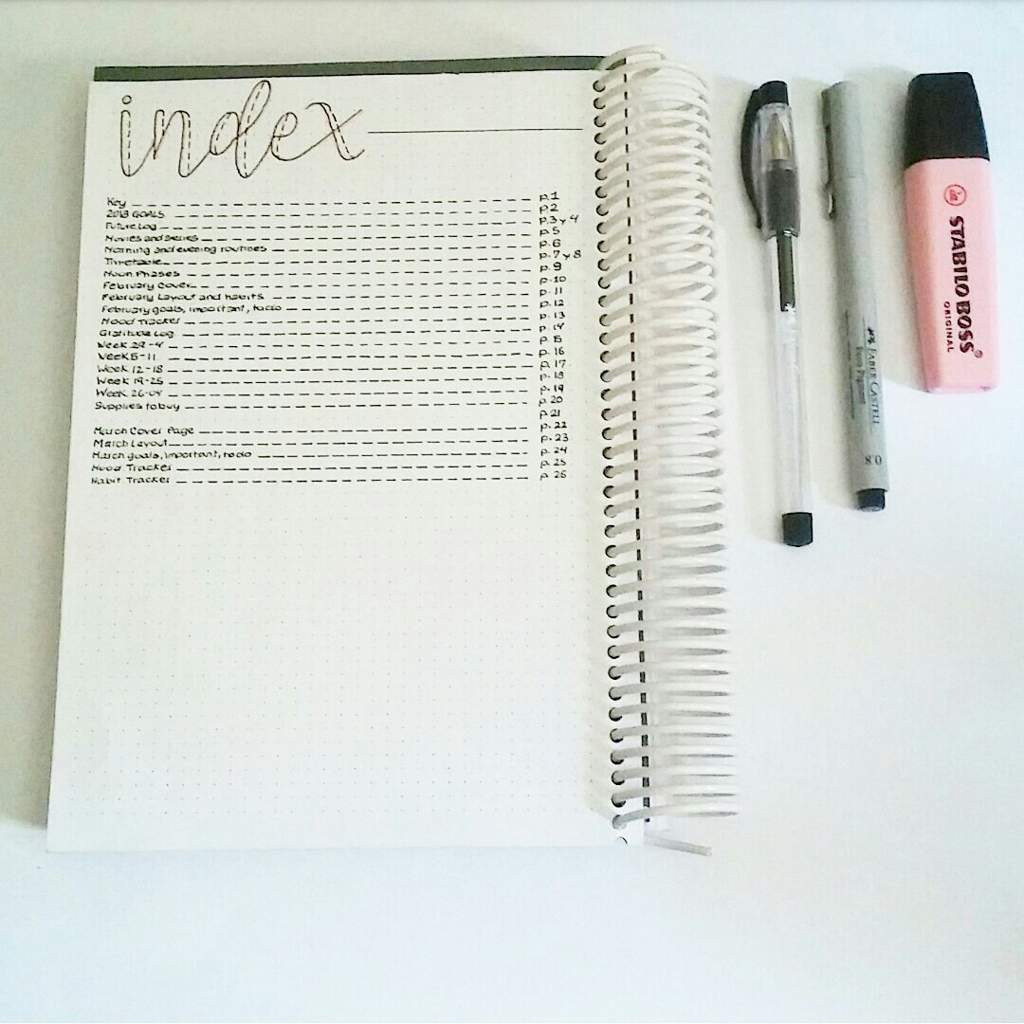

This axiomatic view is valid for original articles however, it should be mentioned that the order of authors is often reversed on review articles.

Moreover, since in the considered scientific fields, early-career researches usually publish as first or co-authors and senior researches preferably as last authors, the analysis of authorships permits conclusion regarding the academic status of women in the hierarchical scientific system. As a consequence, the prestige of authorships follows a ranked order with a higher reputation of first and last authorships and a lower reputation of co-authorships. In these research areas, it is common practice that "the first author indicates the person whose work underlies the paper as a whole", whereas the last authorship "indicate a person whose work or role made the study possible without necessarily doing the actual work". In many research areas including life science, chemistry, and earth & environmental science, the position in an author list is important for reasons unrelated to the article's content, namely, prestige and eligibility for research grants. In this context, it is common opinion that “scientific authorship” embodies a type of reward system that does not exclusively honour the pure scientific merit of someone’s intellectual contribution but also reflects hierarchical structures of the research community. Hence, the problem is omnipresent and deeply rooted in the scientific world and warrants constant re-evaluation by sound research methods.Īn easy accessible and objective indicator for the successful integration of women in science is the quantification of their scholastic activity as represented by “authorship” in scientific publications. Numerous publications in the recent years documented the persistence of a gender gap in science leading to discussions about the underlying reasons. For almost half a century, the topic has remained in the focus of the scientific community, despite many initiatives to promote female scientists. Gender inequity in science began to shift into the public eye since the 1970s driven by the movement of Second Wave Feminism, which sparked a growing interest in the subject. This is an open access article distributed under the terms of the Creative Commons Attribution License, which permits unrestricted use, distribution, and reproduction in any medium, provided the original author and source are credited.ĭata Availability: The underlying data is public and was retrieved from the Web of Science Core Collection.įunding: The authors received no specific funding for this work.Ĭompeting interests: The authors have declared that no competing interests exist. Received: FebruAccepted: NovemPublished: January 2, 2018Ĭopyright: © 2018 Bendels et al. PLoS ONE 13(1):Įditor: Sergi Lozano, Institut Català de Paleoecologia Humana i Evolució Social (IPHES), SPAIN The prognosis for the next decades forecast a very slow harmonization of authorships odds between the two genders.Ĭitation: Bendels MHK, Müller R, Brueggmann D, Groneberg DA (2018) Gender disparities in high-quality research revealed by Nature Index journals. Distinct differences at the journal, journal category, continent and country level were revealed. The gender-specific differences in citation rates increase the more authors contribute to an article. Articles with female key authors are less frequently cited than articles with male key authors. Women publish fewer articles compared to men (39.0% female authors are responsible for 29.8% of all authorships) and are underrepresented at productivity levels of more than 2 articles per author. More specifically, a large negative correlation between the 5-Year-Impact-Factor of a journal and the female representation at prestigious authorships was revealed (r(52) = -.63, P <. The underrepresentation accentuates in highly competitive articles attracting the highest citation rates, namely, articles with many authors and articles that were published in highest-impact journals. Women are underrepresented at prestigious authorships compared to men (Prestige Index = -0.42). 29.8% of all authorships and 33.1% of the first, 31.8% of the co- and 18.1% of the last authorships were held by women.


 0 kommentar(er)
0 kommentar(er)
